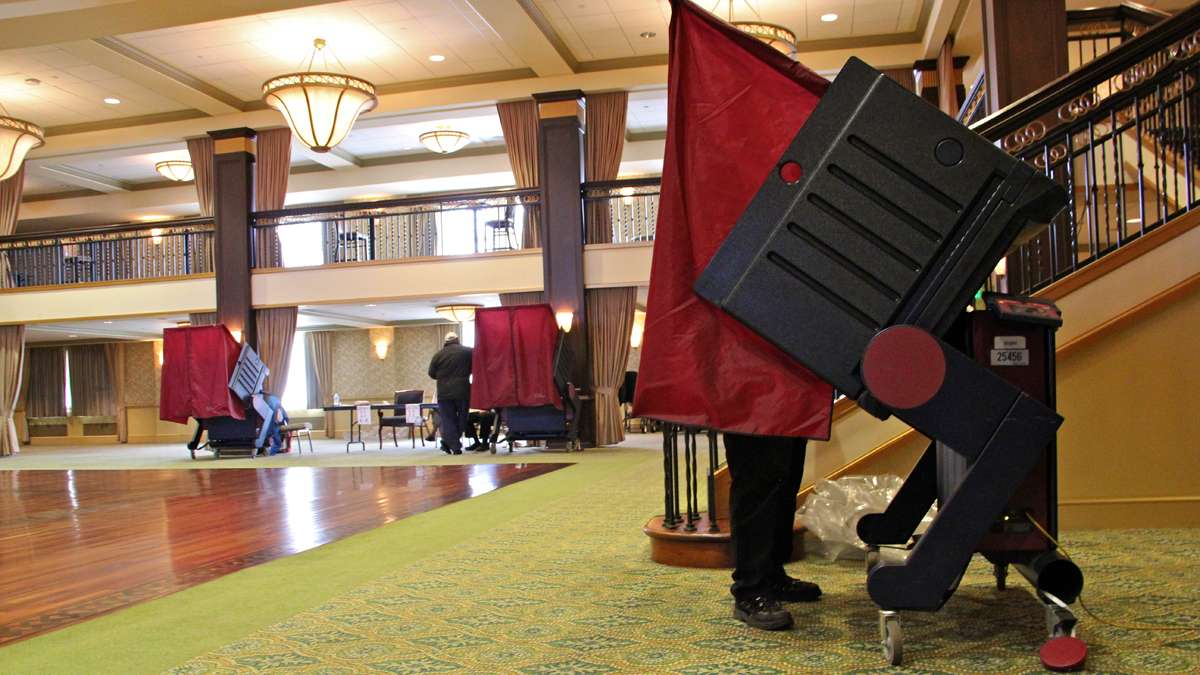Fire threat remains a concern following Superstorm Sandy
All coastal dwellers are well aware of the corrosive effects of salt water.
Perhaps the most common example is the salty environment’s impact on a bike: leave it outside for a few months, and it’ll most likely have rusty spots.
And that’s just due to indirect exposure.
With direct exposure — like when Superstorm Sandy’s storm surge sent the bay and ocean flowing down the streets of many coastal towns — the problem becomes much more troublesome.
Substitute the rusty bike for faulty electric wiring in a house or perhaps under a boardwalk.
Following the storm, floodwater related structure fires broke out in Strathmere — two within an 18 hour span — and the Pelican Island section of Toms River.
But the fire that grabbed international headlines was on the Seaside boardwalk.
When investigators announced that the cause of the wind-whipped, late summer inferno that destroyed a four block stretch of the boards was the failure of electrical wiring impacted by the storm’s floodwaters, John Destasio, a certified marine wiring expert, told Newsworks that it doesn’t take much to create monumental problems.
Even a pinhole-sized crack in cable insulation could spur a dangerous situation if salt water enters the cable’s jacket, he said.
“With marine corrosion, when you put a metal element carrying current in an electrolyte (in a battery sulfuric acid, in this case saltwater), it expedites the corrosion of said metal,” Destasio said. “When you corrode copper, it increases its electrical resistance. As you increase the resistance, you gain heat. This theoretical endless up-scaling over time can melt or break down the insulative jacket found on the wiring.”
Jen A. Miller, a South Jersey writer who previously wrote the Newsworks Down the Shore blog, recently published an article in National Geographic about the post-storm fire threat and the “anatomy of a wire.”
The takeaway from Miller’s article is that any wiring potentially impacted by salt water should be replaced.
WHYY is your source for fact-based, in-depth journalism and information. As a nonprofit organization, we rely on financial support from readers like you. Please give today.














